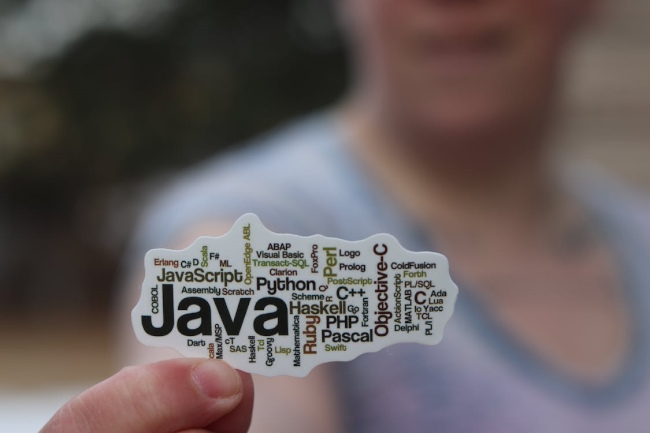In today’s fast-paced digital world, businesses and individuals demand dynamic web applications that handle complex tasks.
This is where server-side web development comes in, providing the foundation for creating powerful, interactive web applications. And when it comes to server-side programming in Java, there are two key technologies: Java Servlets and JavaServer Pages (JSP). Java Servlets provide a powerful mechanism for handling client requests on the server side, while JSP allows developers to embed dynamic content into HTML pages. Together they form a formidable framework that can help create scalable and efficient web applications.

Java development services have paved the way for businesses to develop robust and highly scalable web applications. This overview examines Java Servlets and JSPs and how they work together to enable seamless server-side programming.
Understanding Java Servlets
Java Servlets play a critical role in server-side programming, handling client requests and generating dynamic responses. When a request is made to the server, the container loads the appropriate servlet and creates an instance. The servlet then processes the request by reading data from the request object and using that data to generate a response.

The lifecycle of a Java Servlet involves several stages, such as initialization, service, and destruction. During these stages, the servlet interacts with various components of the Java Servlet API, like HttpServletRequest and HttpServletResponse.
Developers can implement basic functionalities such as handling form submissions or processing user authentication through Java code. By utilizing features like annotations or implementing interfaces like HttpServlet, developers can create robust web applications that meet their specific needs.
JavaServer Pages (JSP) Fundamentals
JavaServer Pages (JSP) is a powerful technology for creating dynamic web content. With JSP, developers can embed Java code directly into HTML pages to generate dynamic content on the server side.
The syntax of JSP involves using special tags such as <% %> or <%= %> to denote where Java code should be inserted into an HTML page. This allows developers to write complex logic in Java and integrate it seamlessly with the presentation layer of their web application.
Examples of JSP code include generating dynamic forms based on user input or displaying data from a database query. By leveraging features like expression language (EL) or custom tag libraries, developers can create rich and interactive web applications that meet their specific needs.
Handling Form Submissions and User Input
Form submissions and user input are essential aspects of web development. In Java Servlets and JSP, retrieving and processing user input data can be accomplished using the HttpServletRequest object.
This object contains methods for accessing form parameters, query strings, cookies, and other information sent in an HTTP request. Developers can then use this data to perform various tasks, such as validating user input or saving it to a database.
Examples of code for handling form submissions include creating forms with HTML or JSP tags, reading form data in a servlet using the getParameter() method, and displaying dynamic responses based on user input.
The use of these techniques enables developers to build web applications that offer seamless experiences while ensuring the privacy and security of users.
Session Management and Stateful Applications
In stateful web applications, session management is an integral component that allows developers to maintain user data across multiple requests. This enables the creation of personalized experiences for users by storing information such as login credentials or shopping cart contents.
Java Servlets and JSP provide powerful tools for managing user sessions through the HttpSession object. This object offers methods for storing and retrieving data associated with a specific user session, such as setting attributes or managing expiration times.
Examples of code for session management include creating new sessions in a servlet using getSession(), setting and retrieving attributes from the session object, and controlling the lifespan of sessions.
Integrating Servlets and JSP
The integration of Java Servlets and JSP is a powerful combination for creating dynamic web applications that can handle complex tasks. By using Servlets to handle client requests and generate dynamic responses and JSP to embed Java code into HTML pages, developers can create seamless user experiences.
Passing data between Servlets and JSP pages is accomplished through request attributes or session objects. This allows for creating personalized experiences by maintaining user information across multiple requests.
Examples of code for integrating Servlets and JSP include forwarding requests from a Servlet to a JSP page, setting request attributes in a servlet that are then accessed in a corresponding JSP page, or using custom tag libraries within JSP pages to access data generated by servlets.
Conclusion
Java Servlets and JSP are key technologies for server-side web development that enable the creation of dynamic web applications.
By handling client requests, generating dynamic responses, and maintaining user data across multiple requests, these technologies provide a powerful framework for building scalable and efficient web applications.
Finding a trusted software development company can help ensure that your Java web applications are built with quality and reliability in mind. Also, we encourage you to further explore these technologies for your web development projects.
An Overview of Java Servlets and JSP,


